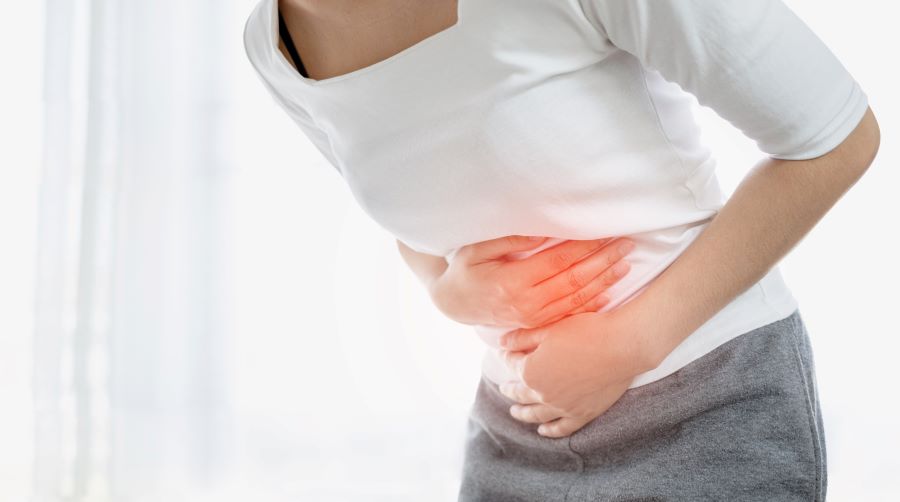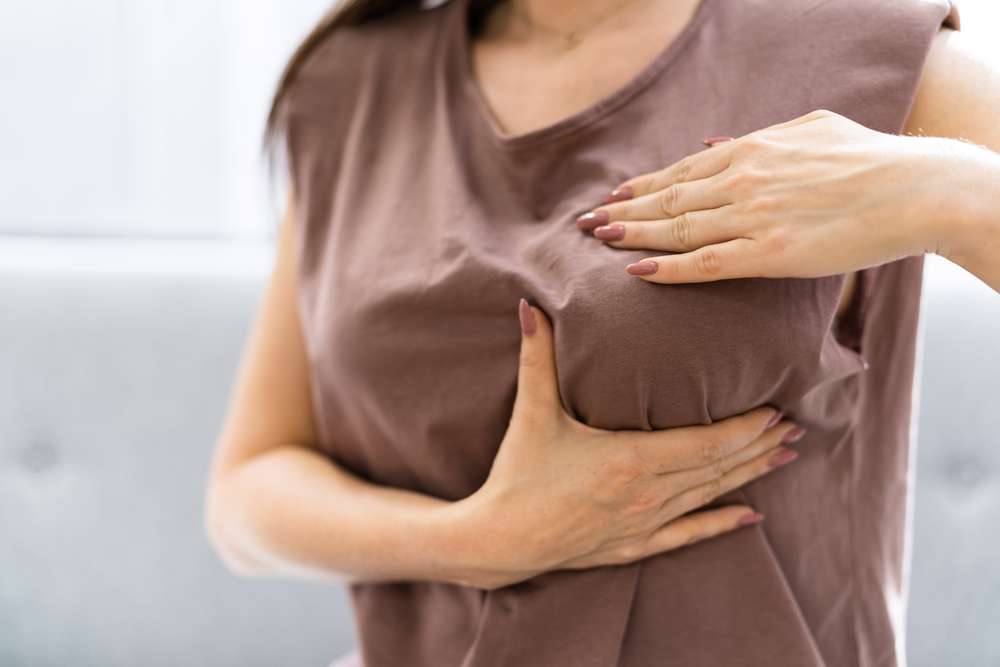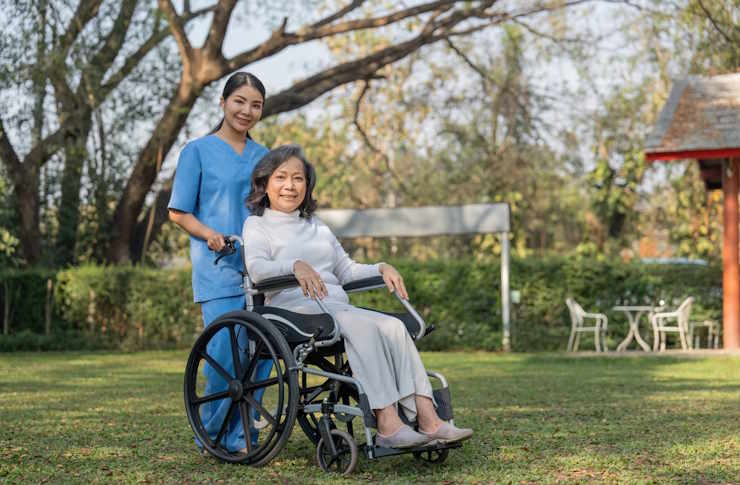Crohn’s Disease in Women Over 40: What Most Don’t Realize
Crohn’s disease doesn’t always appear the way people expect - especially in women. For those over 40, symptoms like bloating, weight changes, and persistent fatigue may go undiagnosed for years. Understanding how this condition affects women differently could help you recognize the warning signs sooner.

What are the early symptoms of Crohn’s disease in women?
Recognizing the early signs of Crohn’s disease in women can be challenging, as they may differ from those commonly associated with the condition. Women often experience more subtle symptoms initially, which can lead to delayed diagnosis. Some early indicators include:
-
Unexplained fatigue
-
Irregular menstrual cycles
-
Abdominal pain and cramping
-
Persistent diarrhea or constipation
-
Unexplained weight loss
-
Anemia
These symptoms may develop gradually, making it difficult for women to pinpoint the onset of the disease. It’s crucial to pay attention to any persistent changes in digestion, energy levels, or overall well-being.
What digestive and non-digestive signs should women watch for?
Crohn’s disease affects more than just the digestive system. Women should be aware of both digestive and non-digestive signs that could indicate the presence of this condition:
Digestive signs:
-
Recurrent abdominal pain
-
Changes in bowel habits
-
Blood in stool
-
Loss of appetite
-
Nausea and vomiting
Non-digestive signs:
-
Joint pain and stiffness
-
Skin rashes or lesions
-
Eye inflammation
-
Mouth sores
-
Increased risk of blood clots
Women over 40 may attribute some of these symptoms to aging or hormonal changes, potentially delaying diagnosis and treatment. It’s essential to consult a healthcare professional if multiple signs persist.
How does Crohn’s disease affect daily life after 40?
Crohn’s disease can significantly impact the daily lives of women over 40, often in ways that may not be immediately obvious. The condition can affect various aspects of life, including:
-
Career: Frequent bathroom breaks, fatigue, and unpredictable flare-ups can interfere with work productivity and attendance.
-
Relationships: Intimacy may be affected due to symptoms, medication side effects, or self-consciousness about the condition.
-
Nutrition: Dietary restrictions and malabsorption can lead to nutritional deficiencies, requiring careful meal planning and supplementation.
-
Mental health: The chronic nature of Crohn’s disease can contribute to anxiety and depression, particularly if diagnosis is delayed.
-
Physical activity: Fatigue and joint pain may limit exercise, potentially affecting overall health and well-being.
Understanding these impacts can help women and their support systems develop strategies to manage the condition effectively and maintain quality of life.
What visual signs and pictures can help identify Crohn’s disease?
While Crohn’s disease primarily affects internal organs, there are some visual signs that can aid in identification:
-
Skin manifestations: Erythema nodosum (red, tender bumps on the shins) or pyoderma gangrenosum (deep, painful skin ulcers).
-
Mouth ulcers: Canker sores or aphthous ulcers in the mouth.
-
Eye inflammation: Redness, pain, or vision changes due to uveitis or episcleritis.
-
Weight loss: Noticeable changes in body composition, particularly in the face and abdomen.
-
Perianal fistulas: Visible openings near the anus that may drain pus or stool.
It’s important to note that not all women with Crohn’s disease will exhibit these visual signs, and their presence doesn’t necessarily confirm the diagnosis. However, recognizing these potential indicators can prompt further investigation and consultation with a healthcare provider.
Why do women often experience Crohn’s disease differently?
Women often experience Crohn’s disease differently due to several factors:
-
Hormonal influences: Fluctuations in estrogen and progesterone levels can affect inflammation and symptom severity.
-
Reproductive health: Crohn’s disease can impact fertility, pregnancy outcomes, and menstrual cycles.
-
Bone health: Women with Crohn’s disease are at higher risk of osteoporosis, especially after menopause.
-
Medication responses: Women may metabolize certain medications differently, affecting treatment efficacy and side effects.
-
Psychosocial factors: Societal expectations and roles may influence how women perceive and manage their symptoms.
Understanding these gender-specific differences is crucial for healthcare providers to tailor treatment approaches and for women to advocate for their unique health needs.
What treatment options are available for women over 40 with Crohn’s disease?
Treatment for Crohn’s disease in women over 40 often involves a multifaceted approach:
-
Medications: Anti-inflammatory drugs, immunosuppressants, and biologics to reduce inflammation and manage symptoms.
-
Dietary modifications: Customized nutrition plans to avoid trigger foods and ensure proper nutrient intake.
-
Surgical interventions: In severe cases, surgery may be necessary to remove damaged portions of the intestine or address complications.
-
Hormone therapy: Some women may benefit from hormone replacement therapy to manage menopausal symptoms and protect bone health.
-
Psychosocial support: Counseling or support groups can help women cope with the emotional and social impacts of the disease.
-
Complementary therapies: Stress reduction techniques, acupuncture, or probiotics may provide additional symptom relief for some women.
| Treatment Option | Provider | Key Features/Benefits |
|---|---|---|
| Biological Therapy | Gastroenterologist | Targets specific inflammatory pathways |
| Immunomodulators | Rheumatologist | Reduces overall immune system activity |
| Nutritional Counseling | Registered Dietitian | Tailored dietary plans to manage symptoms |
| Cognitive Behavioral Therapy | Mental Health Professional | Addresses psychological impact of chronic illness |
| Surgical Consultation | Colorectal Surgeon | Evaluates need for surgical intervention |
Prices, rates, or cost estimates mentioned in this article are based on the latest available information but may change over time. Independent research is advised before making financial decisions.
In conclusion, Crohn’s disease in women over 40 presents unique challenges that require heightened awareness and tailored management strategies. By recognizing the early symptoms, understanding the diverse ways the disease can manifest, and exploring appropriate treatment options, women can take proactive steps towards better health outcomes and improved quality of life.
This article is for informational purposes only and should not be considered medical advice. Please consult a qualified healthcare professional for personalized guidance and treatment.




